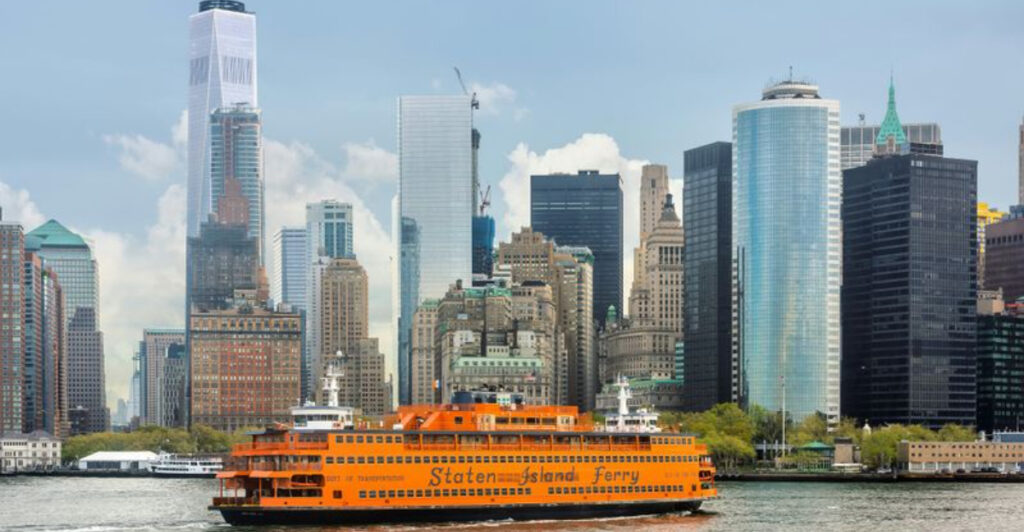New York City can feel overwhelming for first-time visitors, but knowing the right moves makes all the difference. Whether you’re planning your first trip or returning for another adventure, understanding what locals do (and avoid) will transform your experience. These essential tips will help you navigate the Big Apple like a true New Yorker while avoiding common tourist mistakes that can ruin your visit.
1. DO Walk Fast (or Stay to the Right)
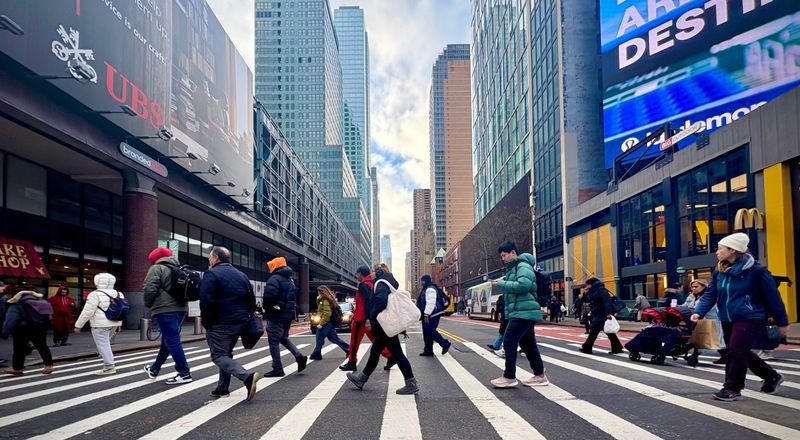
Manhattan sidewalks operate like highways, and speed matters more than you think. New Yorkers have mastered the art of efficient movement, weaving through crowds with practiced precision.
Slower walkers should hug the right side of sidewalks and subway stairs. This simple courtesy prevents traffic jams and keeps everyone moving smoothly.
Walking at NYC pace actually enhances your experience—you’ll cover more ground, see more sights, and blend in naturally. Practice power walking before your trip if needed.
2. DO Use Public Transportation
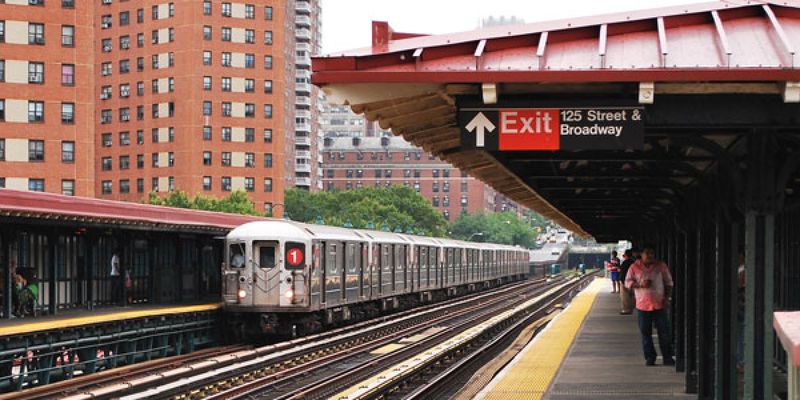
Yellow cabs look iconic, but they’re often slower and pricier than the subway system. Manhattan traffic can turn a 10-minute subway ride into an hour-long taxi nightmare.
The Metropolitan Transportation Authority runs 24/7, connecting all five boroughs efficiently. Purchase a MetroCard or use contactless payment for seamless travel.
Subway rides offer authentic NYC experiences—street musicians, diverse crowds, and glimpses of real city life. Plus, you’ll save serious money compared to rideshares during peak hours.
3. DO Try a Slice of Pizza (and a Bagel)

Forget chain restaurants—authentic NYC pizza and bagels define the city’s food culture. Joe’s Pizza in Greenwich Village has served perfect slices since 1975, maintaining traditional recipes.
Ess-a-Bagel creates hand-rolled bagels daily, offering dozens of cream cheese varieties. Order everything bagels with scallion cream cheese for the full experience.
Real New York pizza features thin crust, quality mozzarella, and tangy tomato sauce. Fold your slice lengthwise and eat standing up like locals do at neighborhood pizzerias.
4. DO Explore Beyond Times Square
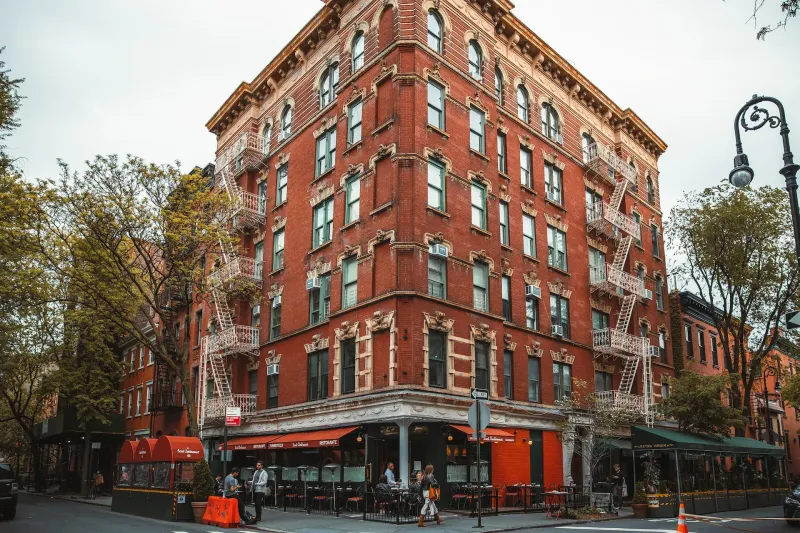
Times Square serves its purpose for quick photos, but Manhattan’s soul lives in distinct neighborhoods with unique personalities. Williamsburg offers artisanal everything and waterfront views of Manhattan’s skyline.
Harlem pulses with jazz history, soul food, and beautiful brownstone architecture. The West Village charms visitors with cobblestone streets and intimate cafes.
Each neighborhood tells different stories—from Chinatown’s bustling markets to SoHo’s high-end boutiques. Venture beyond tourist zones to discover what makes New Yorkers passionate about their city.
5. DO Make Reservations for Popular Restaurants
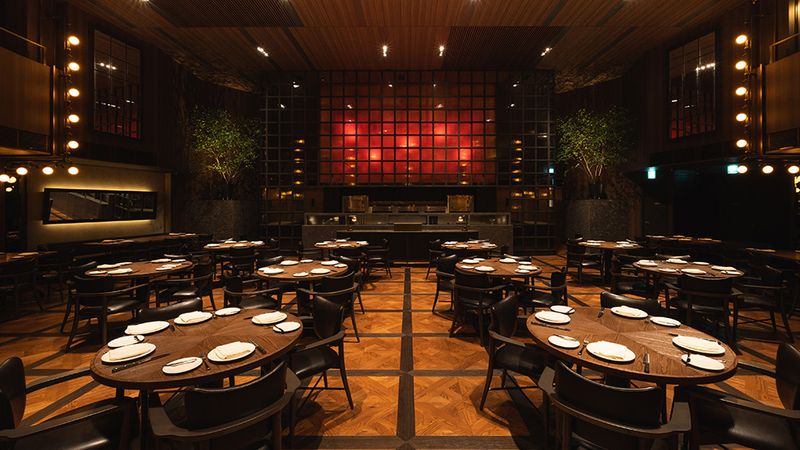
New York’s dining scene moves fast, and top restaurants fill up weeks in advance. Carbone’s Italian-American classics draw celebrities and food lovers alike.
Levain Bakery’s warm chocolate chip cookies require strategic timing—call ahead or expect long lines. Peter Luger’s Steakhouse has maintained its reputation since 1887.
Use OpenTable, Resy, or call directly for reservations. Many restaurants release additional tables throughout the week, so check frequently if your first choice seems booked.
6. DO Visit a Rooftop Bar
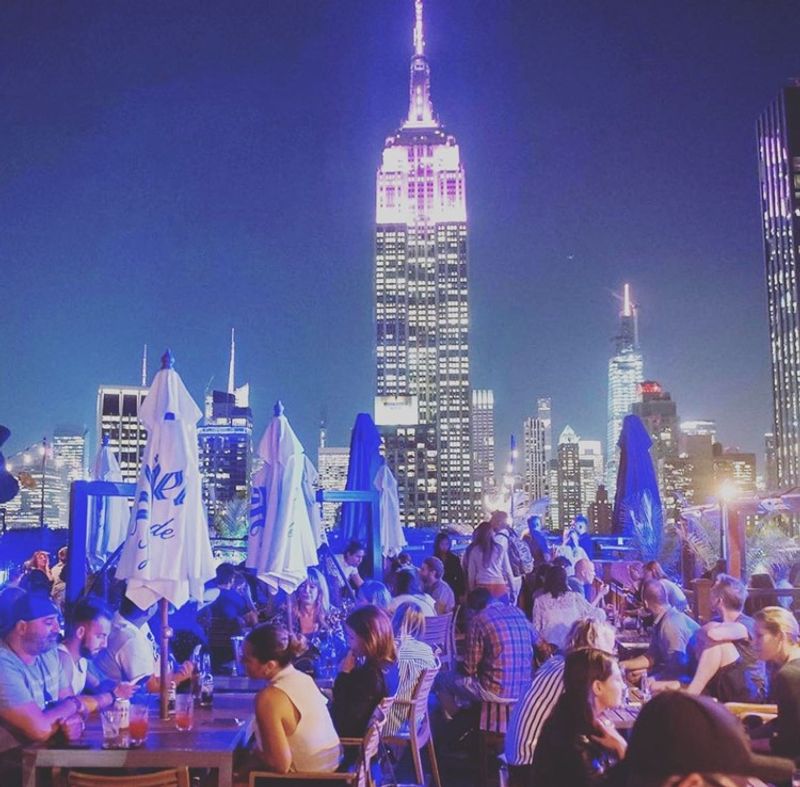
Manhattan’s skyline deserves appreciation from above, and rooftop bars provide unforgettable vantage points. 230 Fifth offers panoramic views with the Empire State Building as your backdrop.
The Press Lounge overlooks the Hudson River, creating romantic sunset scenes. Manhatta combines fine dining with floor-to-ceiling windows showcasing the city’s architectural marvels.
Reserve ahead for prime sunset hours, especially during summer months. Dress codes vary, so check requirements before arriving at these elevated experiences.
7. DO Take Advantage of Free Attractions
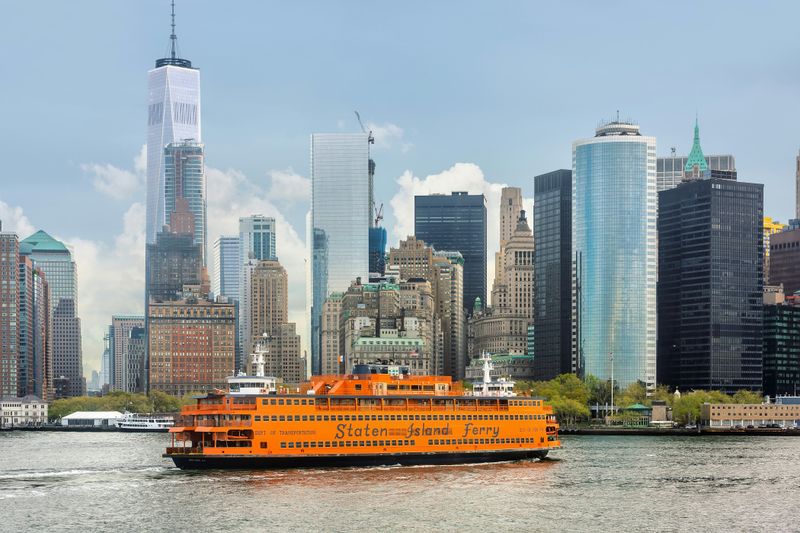
New York offers incredible experiences without admission fees, starting with the Staten Island Ferry’s free Statue of Liberty views. This 25-minute round trip provides perfect photo opportunities.
Central Park spans 843 acres of green space, featuring lakes, meadows, and seasonal activities. The High Line transforms abandoned railway tracks into an elevated garden walk.
Brooklyn Bridge pedestrian walkway, Washington Square Park, and numerous museums offer free days throughout the year. Research schedules to maximize your budget while experiencing world-class attractions.
8. DO Dress Comfortably (But Stylishly)

New York demands serious walking—sometimes 20,000+ steps daily—so comfortable footwear becomes essential. However, the city’s fashion-conscious culture rewards thoughtful style choices.
Invest in quality walking shoes that complement your outfits. New Yorkers master the art of looking effortlessly chic while navigating subway stairs and sidewalk obstacles.
Layer clothing for unpredictable weather and air-conditioned buildings. Black clothing remains a safe choice, but don’t shy away from expressing personal style in this fashion-forward metropolis.
9. DO See a Broadway Show (Even If It’s Off-Broadway)
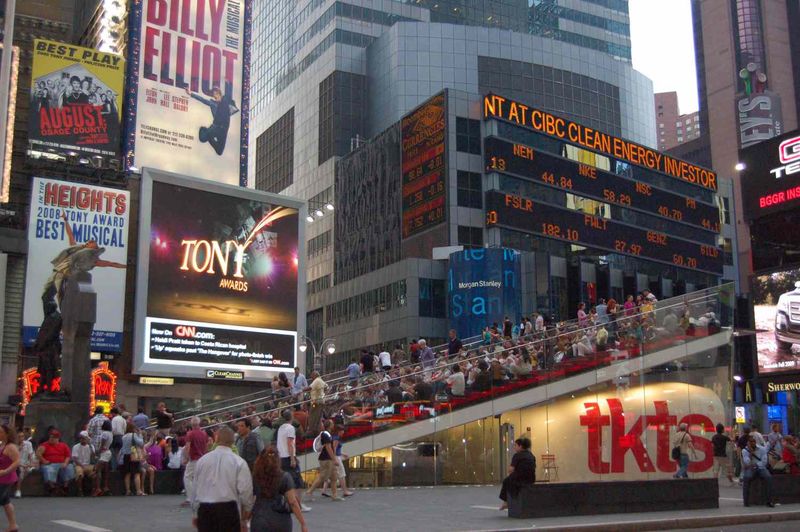
Broadway represents New York’s theatrical heart, but ticket prices shouldn’t discourage you from experiencing live performances. TKTS in Times Square offers same-day discounts up to 50% off.
Many shows run digital lotteries for orchestra seats at reduced prices. Off-Broadway productions often provide more intimate experiences with equally talented performers.
Rush tickets become available day-of-show at box offices, typically offering front-row seats for students and young adults. Plan flexibility into your schedule for spontaneous theater opportunities.
10. DO Be Prepared for All Weather
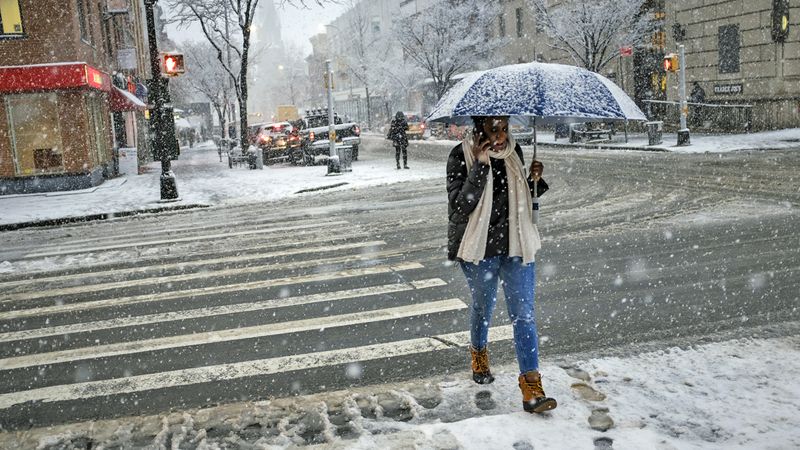
New York weather changes rapidly, sometimes within hours, making preparation crucial for comfortable exploration. Skyscrapers create wind tunnels that amplify temperature changes throughout the day.
Pack layers regardless of season—air conditioning in summer, unpredictable spring and fall temperatures, and bitter winter winds. Compact umbrellas prove invaluable during sudden downpours.
Sunscreen matters even in winter due to reflection off buildings and snow. Check hourly forecasts rather than daily predictions to plan activities and dress appropriately for changing conditions.
11. DO Tipping Properly
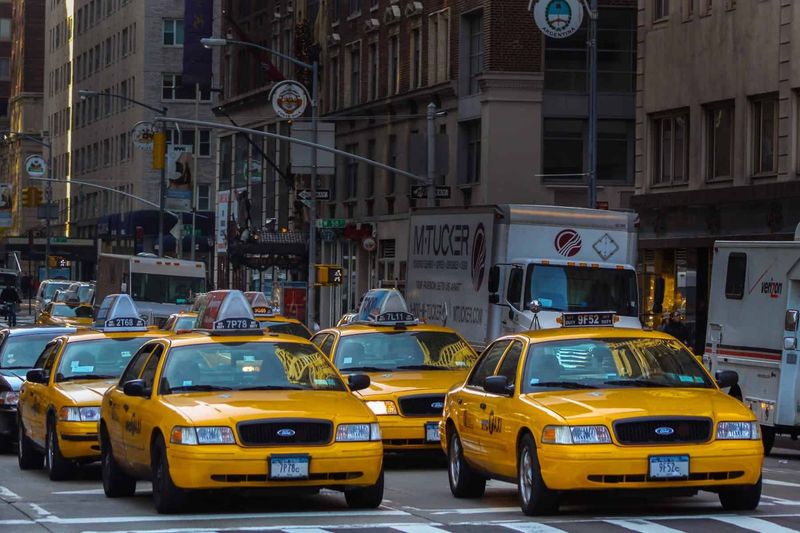
Tipping culture runs deep in New York’s service industry, directly impacting workers’ livelihoods. Restaurants expect 18-20% for good service, with 15% acceptable for basic service.
Bartenders appreciate $1-2 per drink, more for complex cocktails. Hotel housekeeping deserves $2-3 daily, left with a note indicating it’s for cleaning staff.
Taxi drivers, food delivery, and salon services follow similar 18-20% guidelines. When in doubt, err on the generous side—service workers remember good tippers and provide better experiences.
12. DO Explore Different Boroughs
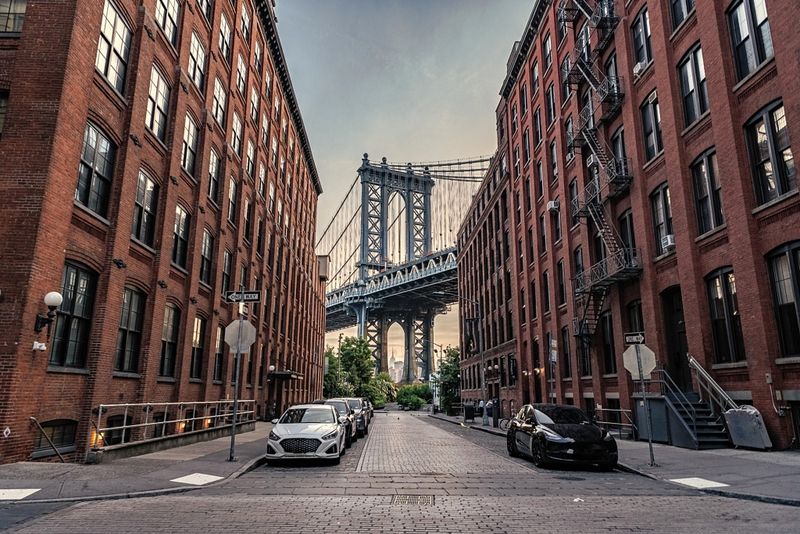
Manhattan represents just one slice of New York’s diverse character, while other boroughs offer unique cultural experiences. Brooklyn’s DUMBO provides stunning Manhattan views and artisanal food markets.
Queens serves authentic international cuisine—Flushing’s Chinatown rivals Manhattan’s, while Astoria offers Greek specialties and beer gardens. The Bronx houses Yankee Stadium and the world-renowned zoo.
Each borough maintains distinct personalities and price points. Venture beyond Manhattan to experience how real New Yorkers live, work, and play in their neighborhood communities.
13. DO Be Polite (But Not Overly Chatty)
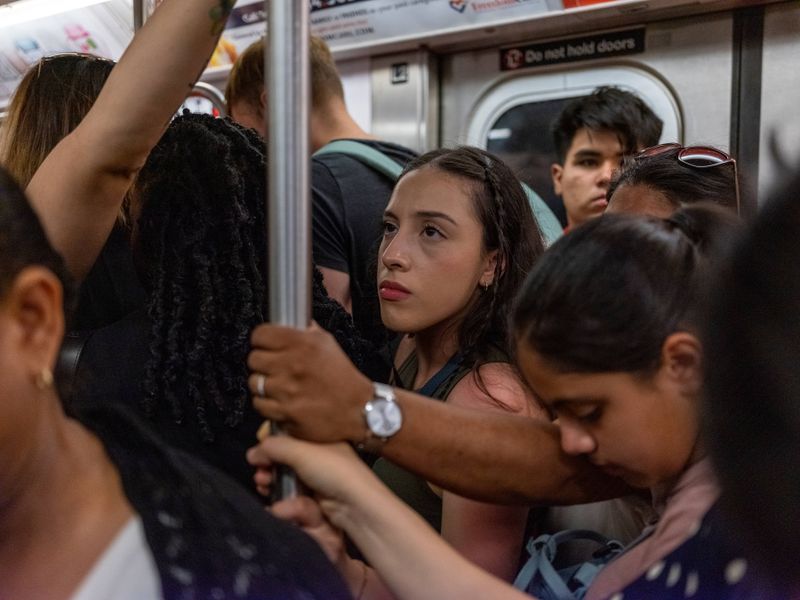
New Yorkers value efficiency and directness, but politeness oils the social machinery of dense urban living. A simple “excuse me” when navigating crowds prevents conflicts.
Avoid lengthy conversations in busy areas like subway turnstiles or coffee shop lines. Save extended chats for appropriate settings like park benches or restaurant tables.
Quick pleasantries work well—acknowledge service workers, say thank you, and respect personal space. New Yorkers aren’t rude; they’re simply focused on getting where they need to go efficiently.
14. DON’T Stop in the Middle of the Sidewalk
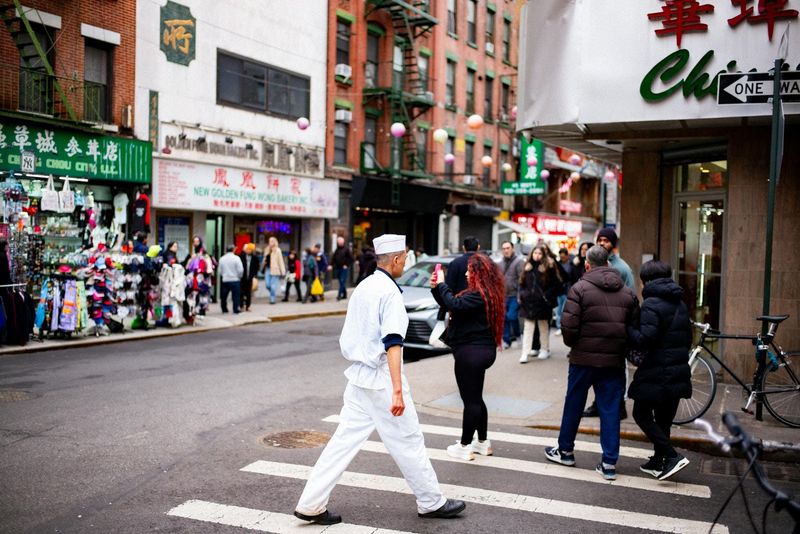
Manhattan sidewalks function like rivers of human traffic, and sudden stops create dangerous bottlenecks. Pedestrians behind you can’t anticipate your movements, leading to collisions and frustration.
Need to check directions or take photos? Step against a building wall or into a doorway alcove. This simple courtesy keeps foot traffic flowing smoothly.
Tourist groups should designate one person to navigate while others follow. Standing in sidewalk centers while consulting phones or maps guarantees angry reactions from rushed commuters and delivery workers.
15. DON’T Expect Southern Hospitality
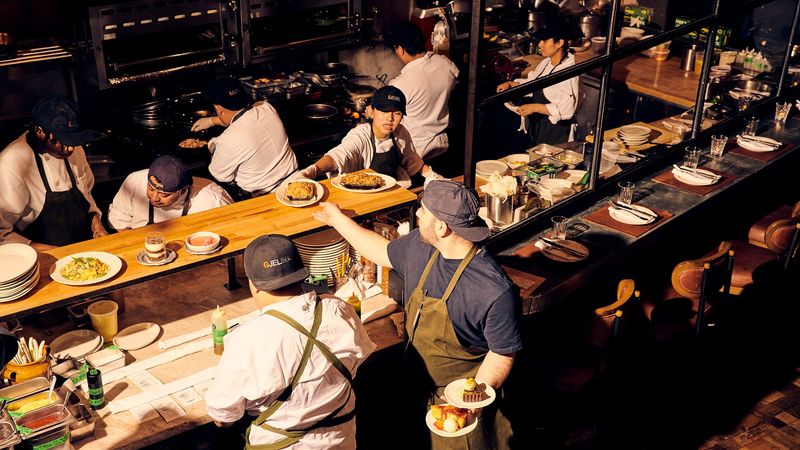
New York service prioritizes speed and efficiency over lengthy pleasantries, which can surprise visitors from other regions. Servers, cashiers, and clerks focus on completing transactions quickly.
Brisk interactions aren’t personal—they’re practical responses to high-volume, fast-paced environments. Staff serve hundreds of customers daily, making extended conversations impractical.
Appreciate direct communication and quick service rather than taking it as rudeness. New Yorkers show care through competence and reliability rather than excessive small talk or forced cheerfulness.
16. DON’T Eat Near Times Square
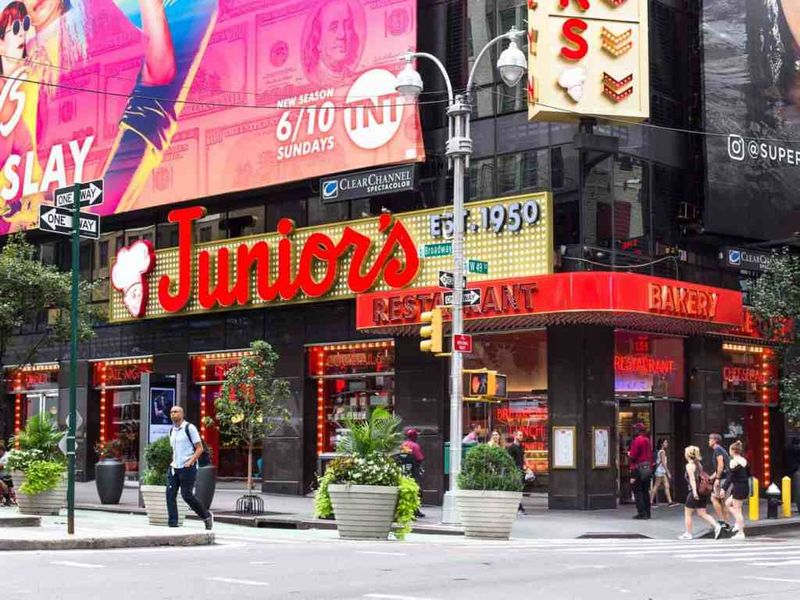
Times Square restaurants prey on tourist traffic with inflated prices and mediocre food quality. Chain restaurants dominate the area, offering nothing uniquely New York.
Walk just three blocks in any direction to discover authentic neighborhood eateries with better food and reasonable prices. Local favorites hide on side streets away from neon chaos.
Times Square’s $8 hot dogs and $15 pizza slices represent tourist traps, not New York cuisine. Save your dining budget for establishments that locals actually frequent and recommend to friends.
17. DON’T Hail a Cab in the Rain
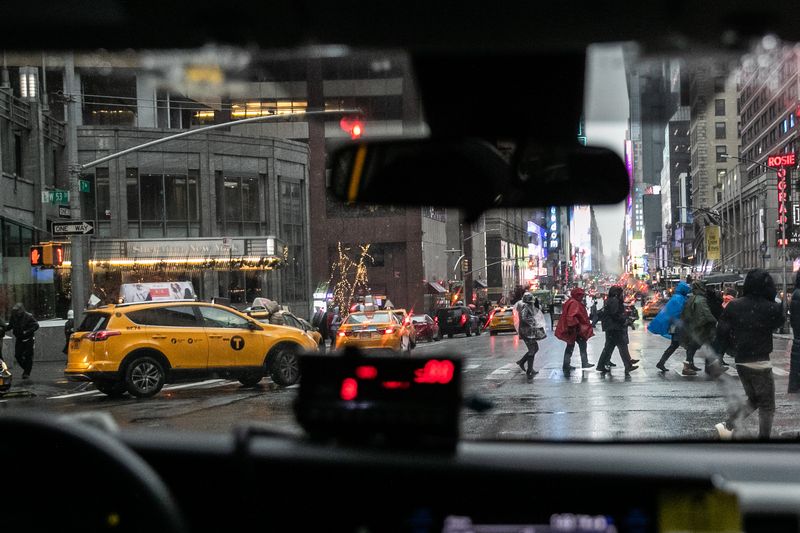
Rainy weather creates perfect storms for transportation nightmares in New York City. Available taxis vanish as demand skyrockets, leaving desperate passengers stranded on street corners.
Uber and Lyft implement surge pricing during storms, but at least you can track your ride’s arrival. Many experienced New Yorkers simply wait out brief showers in nearby shops.
Plan indoor activities during predicted rain, or embrace the subway system which runs regardless of weather. Duck into museums, bookstores, or cafes until storms pass rather than competing for scarce rides.
18. DON’T Stand Like a Tourist on the Subway
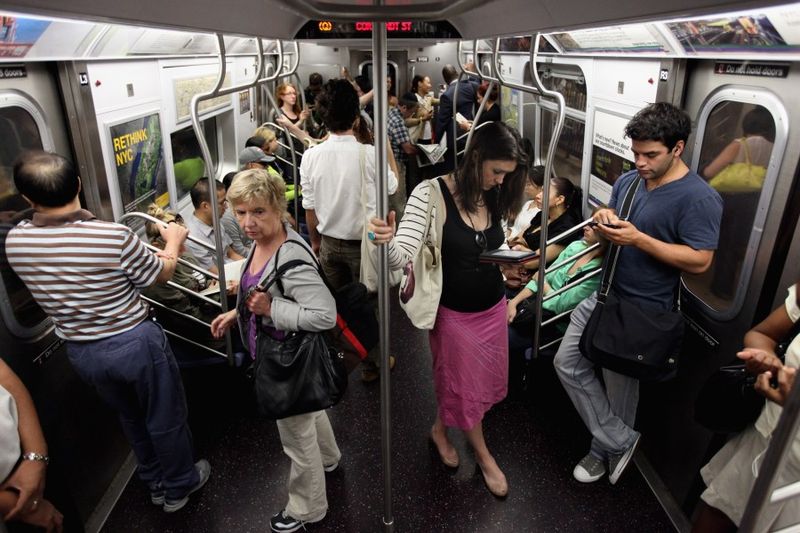
Subway etiquette separates visitors from residents faster than any other behavior. Move completely inside train cars instead of clustering near doors, blocking other passengers’ exits.
Never lean against poles that others need for stability during sudden stops. Remove backpacks during crowded rush hours to maximize space for fellow passengers.
Let passengers exit before boarding, and offer seats to elderly, pregnant, or disabled riders. These unwritten rules keep the system functioning smoothly for millions of daily users.
19. DON’T Underestimate Walking Distances
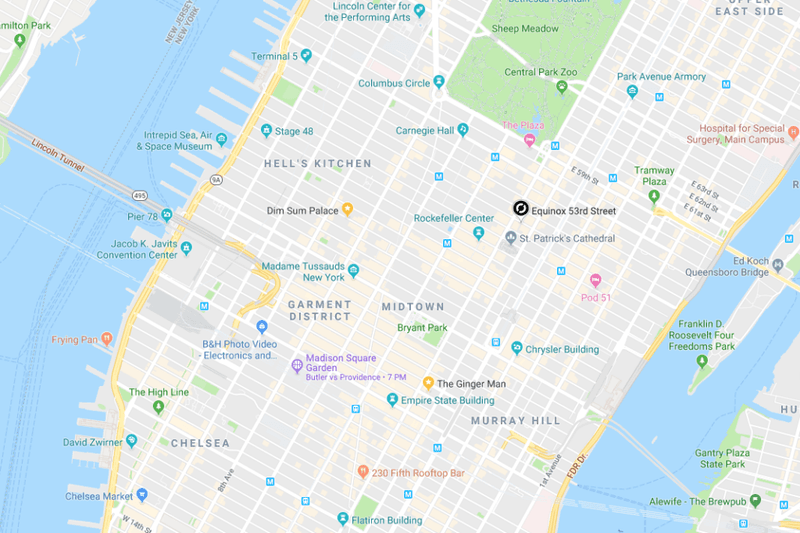
Manhattan’s grid system creates deceptive distance illusions—20 north-south blocks equal approximately one mile of walking. What looks close on maps translates to significant hiking time.
Factor in pedestrian traffic, street crossings, and your walking pace when planning itineraries. Rushing between distant attractions exhausts energy better spent enjoying experiences.
Check subway routes before committing to long walks, especially when carrying shopping bags or traveling with children. Sometimes a quick train ride saves time and energy for more important activities.
20. DON’T Jaywalk Blindly
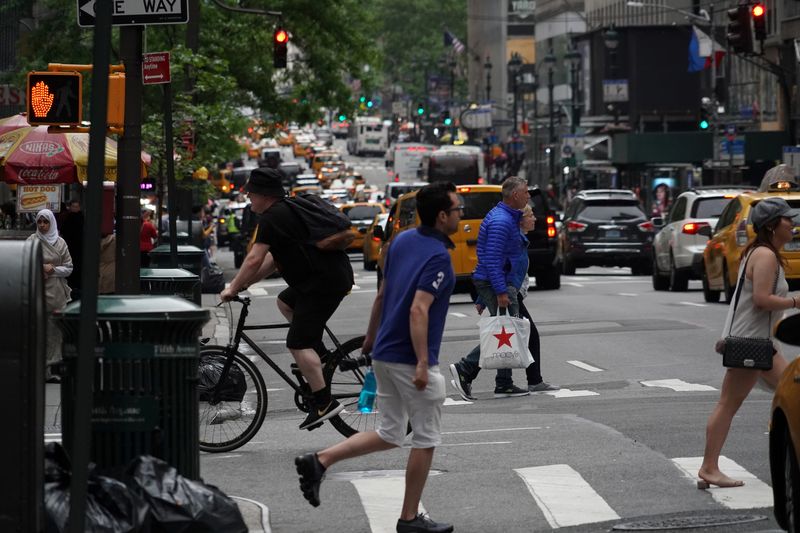
New York drivers navigate aggressive traffic conditions daily, making split-second decisions at high speeds. Pedestrians who dart into streets without looking create dangerous situations for everyone involved.
Even one-way streets require caution—delivery trucks, cyclists, and emergency vehicles travel against traffic flow regularly. Construction zones and street repairs create additional hazards.
Look both directions regardless of traffic patterns, make eye contact with drivers when possible, and cross at designated crosswalks. Your safety depends on defensive pedestrian tactics in this urban environment.
21. DON’T Buy Tickets from Scalpers
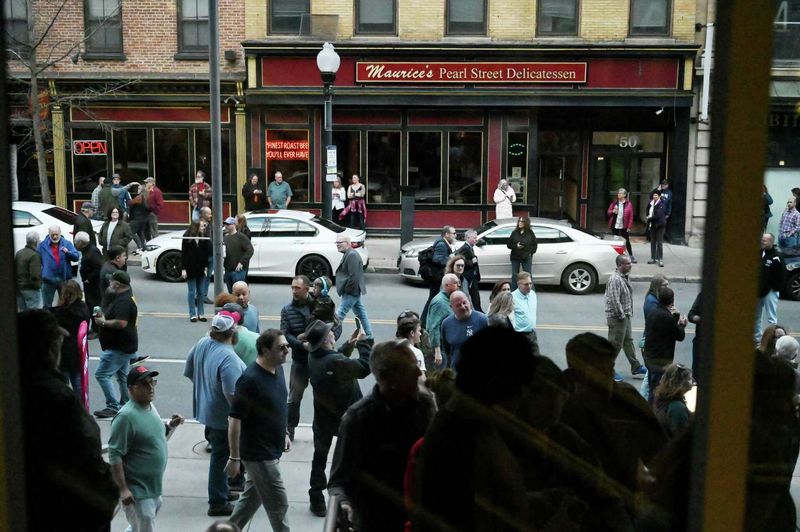
Street scalpers around venues sell counterfeit tickets, overpriced legitimate ones, or nothing at all after taking your money. These illegal operations target desperate tourists willing to pay premium prices.
Official box offices, authorized websites, and established ticket brokers provide guaranteed authentic tickets with customer protection. StubHub and other legitimate resellers offer buyer guarantees.
Broadway shows, concerts, and sporting events have official channels for last-minute tickets. Avoid street corner transactions that could ruin your planned entertainment and waste hundreds of dollars on worthless paper.
22. DON’T Overpack for Subway Rides
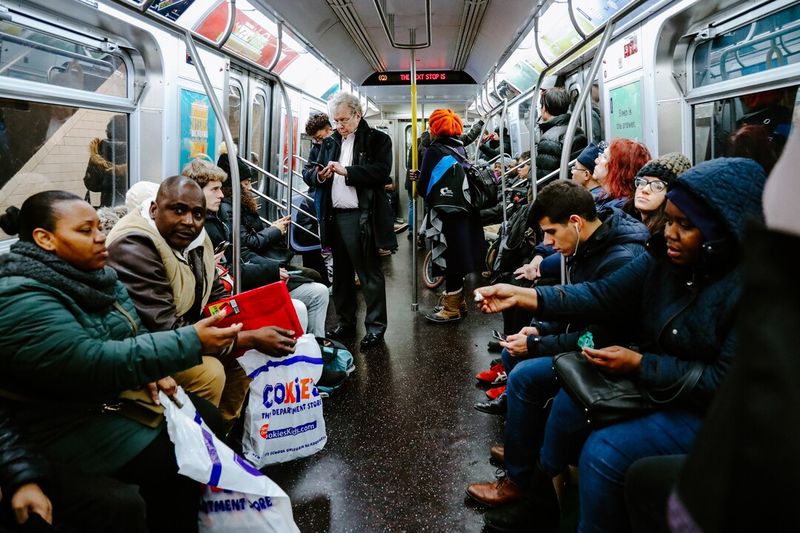
Rush hour subway cars pack passengers like sardines, leaving minimal space for oversized luggage or shopping bags. Large backpacks and rolling suitcases create obstacles and frustration.
Multiple shopping bags from day-long retail therapy become nightmares during crowded commutes. Other passengers express displeasure through dirty looks, sighs, and occasional verbal complaints.
Plan shopping trips around off-peak hours, or arrange hotel deliveries for large purchases. Carry only essentials during busy morning and evening commute times when space becomes precious commodity for millions of workers.
23. DON’T Ignore Street Food

New York’s street food culture represents authentic immigrant cuisine at affordable prices, often surpassing expensive restaurant meals. Halal carts serve lamb and chicken over rice with legendary white and hot sauces.
Hot pretzel vendors offer warm, salty comfort food perfect for cold weather exploration. Dollar pizza slices provide quick energy during long sightseeing days.
Food trucks rotate locations but maintain consistent quality and devoted followings. Download apps like NYC Street Food or follow social media accounts to track your favorite vendors’ daily locations and specialties.
24. DON’T Be Afraid to Ask for Help
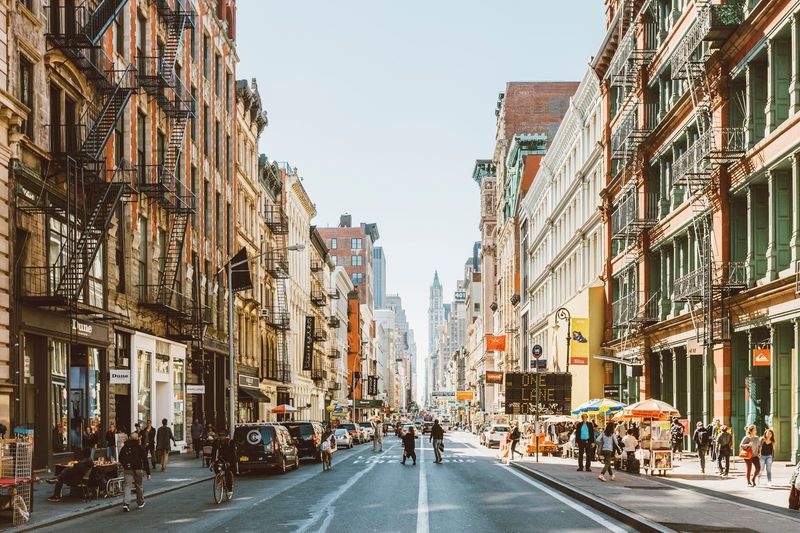
Despite stereotypes about unfriendly New Yorkers, most residents willingly provide directions and recommendations when asked politely. They understand navigation challenges in this complex city.
Approach people who aren’t obviously rushing to appointments—those walking leisurely or waiting at bus stops usually have time for quick questions. Keep inquiries brief and specific.
Local knowledge surpasses GPS apps for discovering hidden gems, avoiding construction delays, and finding authentic experiences. New Yorkers take pride in their city and enjoy sharing insider tips with respectful visitors.
25. DON’T Assume Everything is Open Late
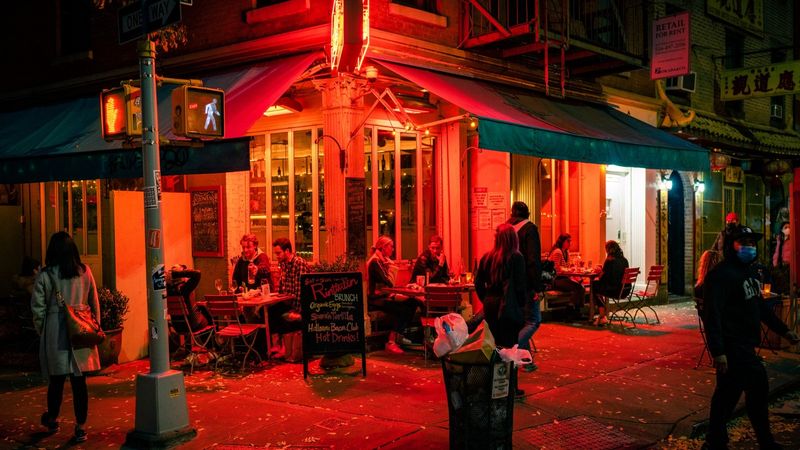
While New York earned its “city that never sleeps” reputation, many businesses maintain surprisingly early closing hours. Restaurants outside tourist zones often close by 10 PM on weeknights.
Even some bars in residential neighborhoods shut down before midnight, especially on Sundays and Mondays. Museums, shops, and attractions follow varied schedules that change seasonally.
Check operating hours before traveling across town for specific establishments. Late-night dining options cluster in certain areas like Koreatown and the East Village, while other neighborhoods quiet down after dinner hours.
26. DON’T Leave Without Trying a Classic NYC Experience

Katz’s Delicatessen has served pastrami sandwiches since 1888, maintaining traditional preparation methods and authentic Lower East Side atmosphere. Their towering sandwiches require serious appetite and proper technique.
Classic dive bars offer unpretentious atmospheres where locals unwind after work. Late-night diners provide comfort food and people-watching opportunities during all hours.
These experiences connect you to New York’s cultural DNA—immigrant traditions, working-class roots, and 24-hour energy that defines the city’s character beyond tourist attractions and Instagram-worthy spots.

